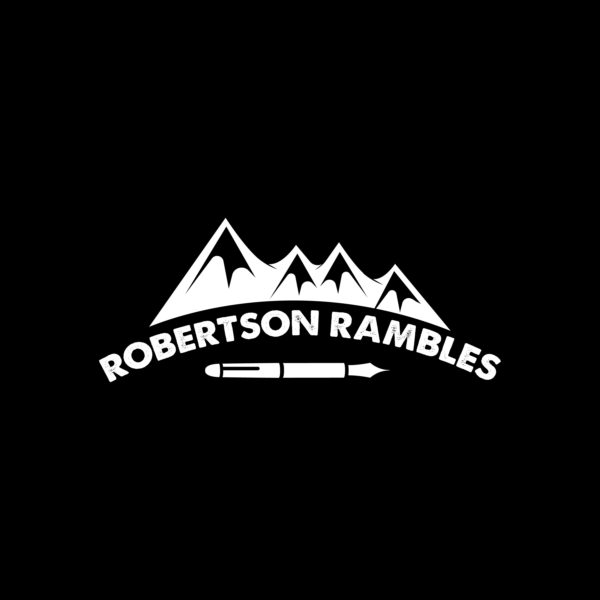I am now posting photos from Zambia and all of South Africa. I know that these are from August and September and it is now February, but that is just procrastination at its most extreme. Anyway, here are the photos.
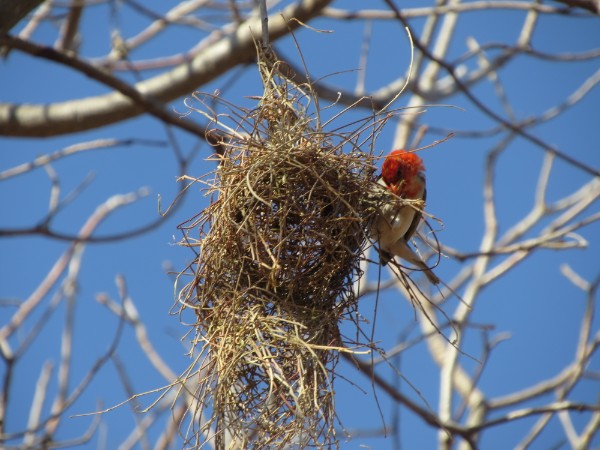
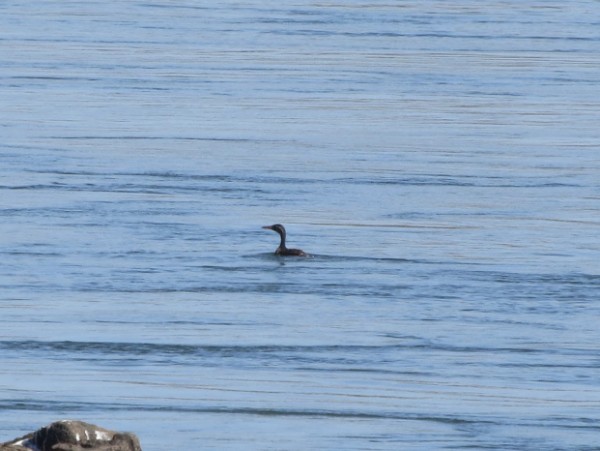
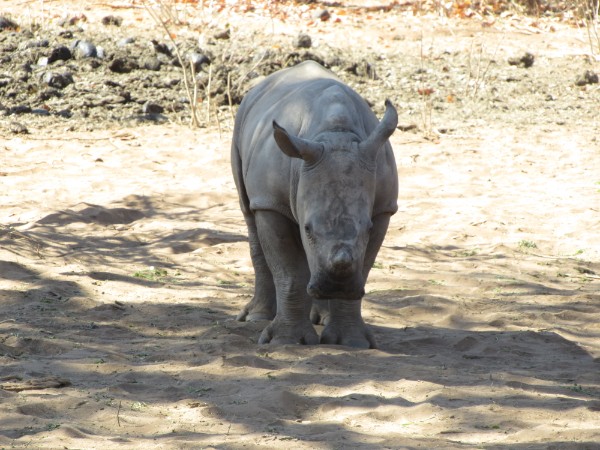
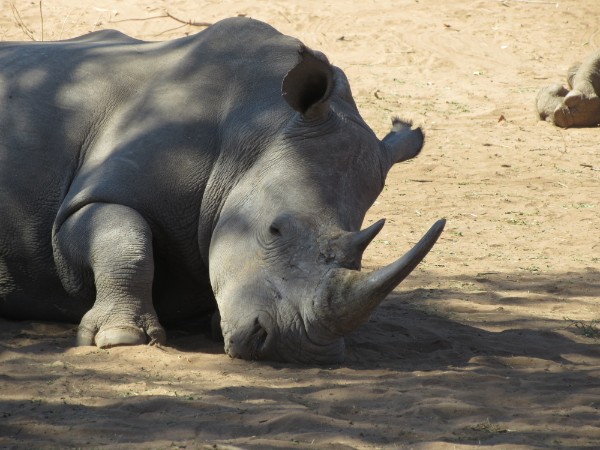
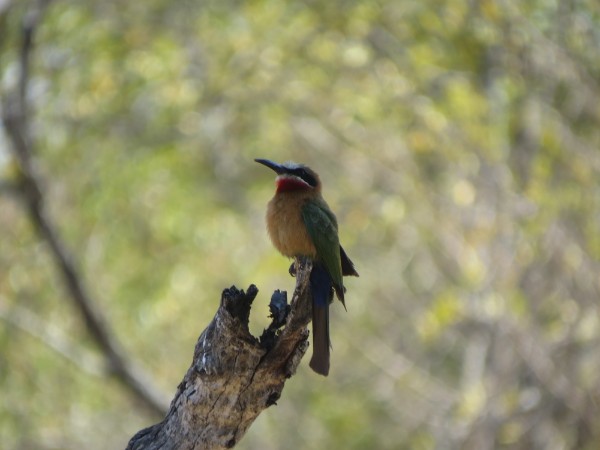
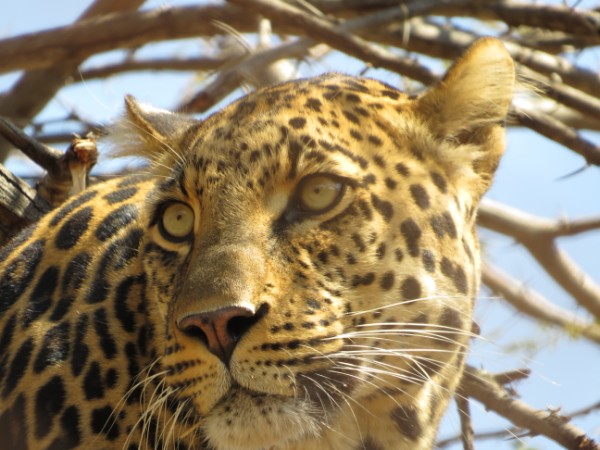
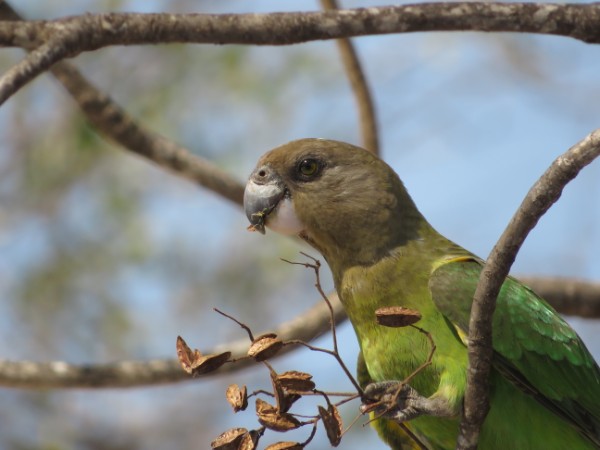
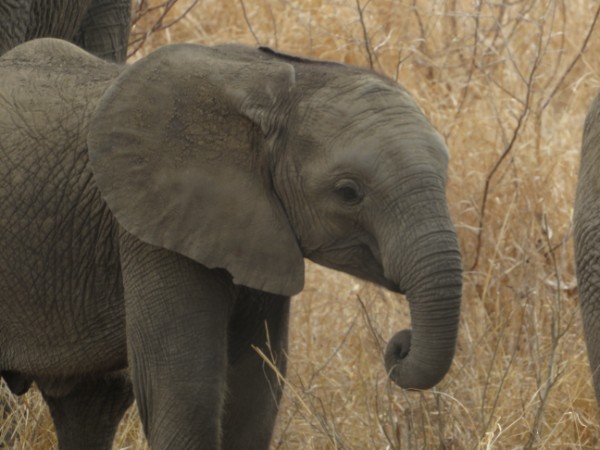
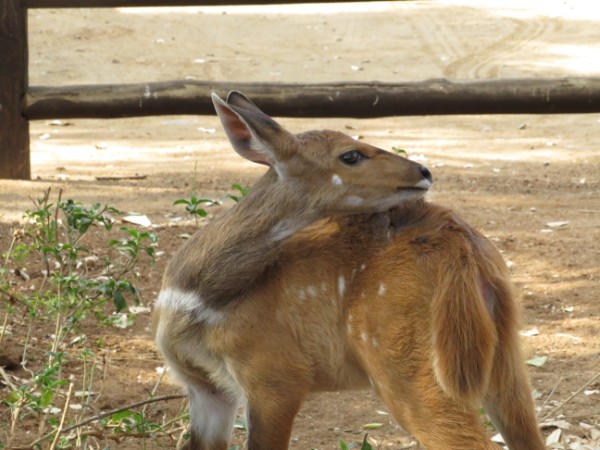
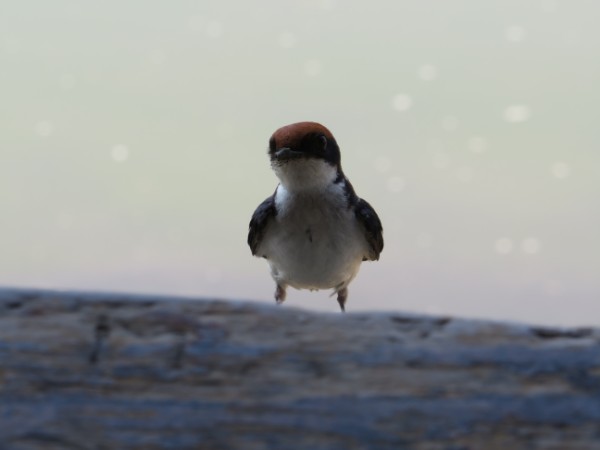
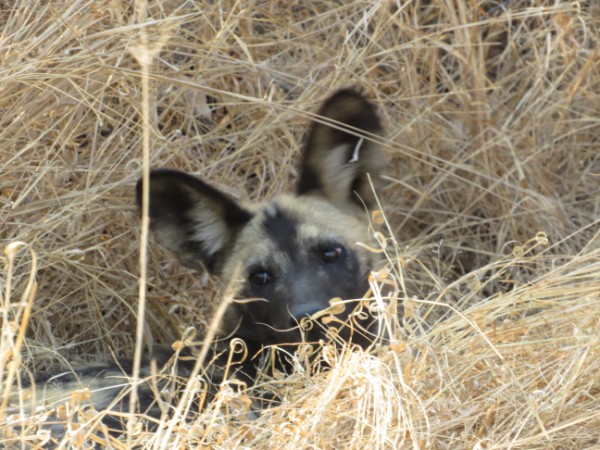
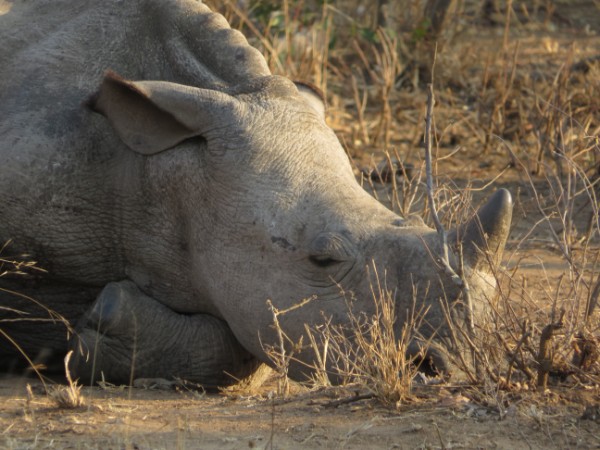
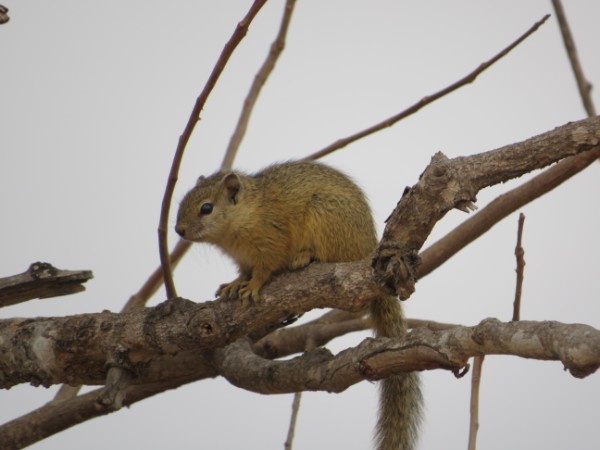
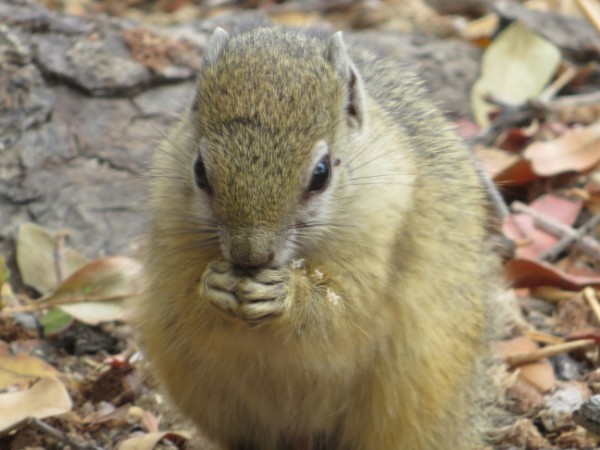
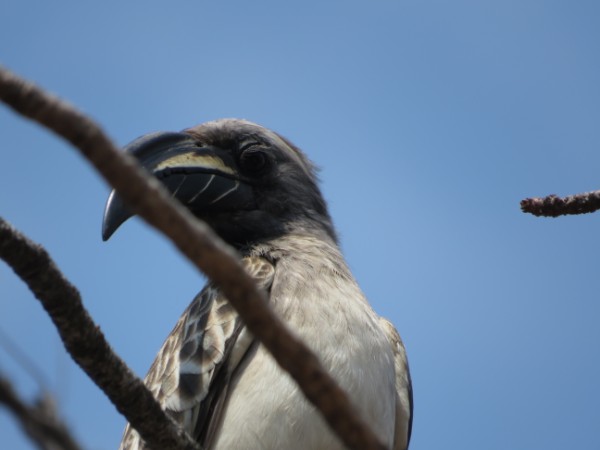
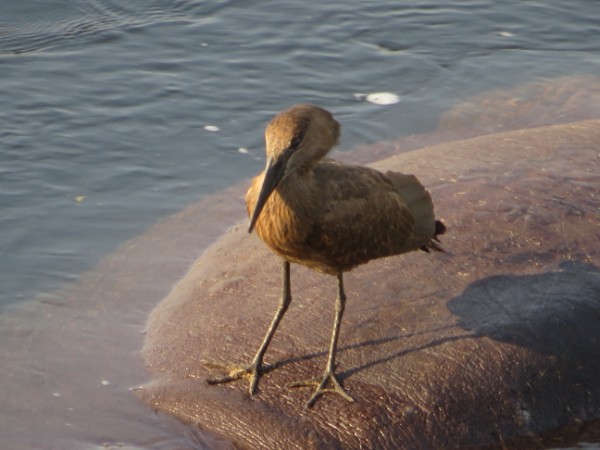
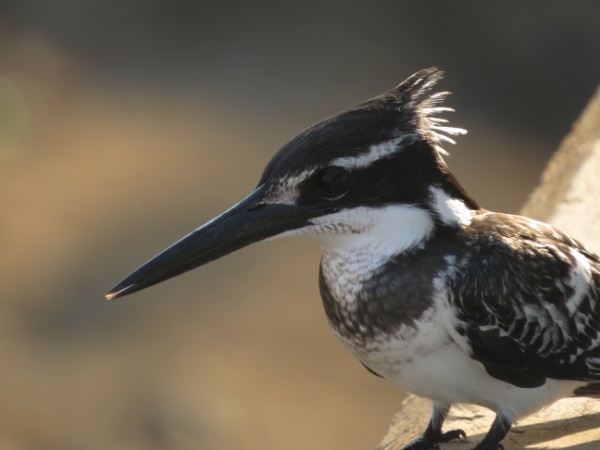
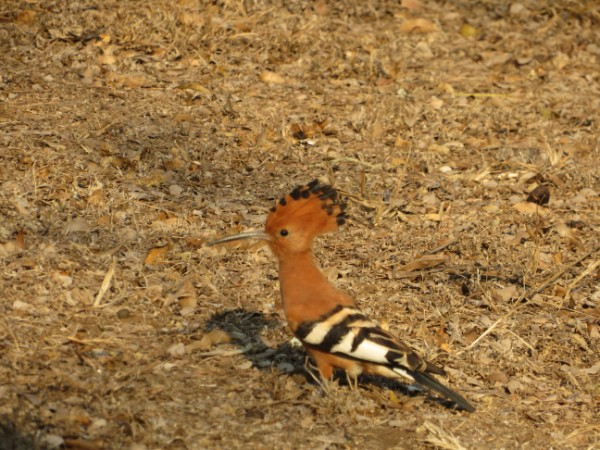
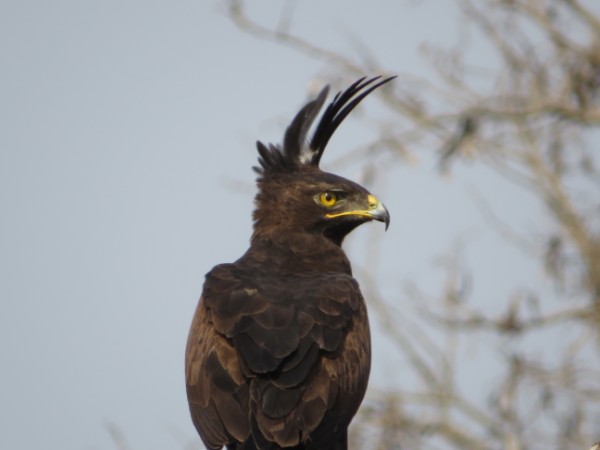
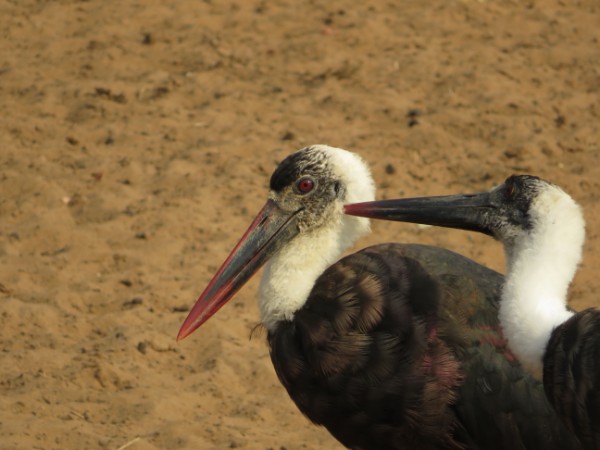
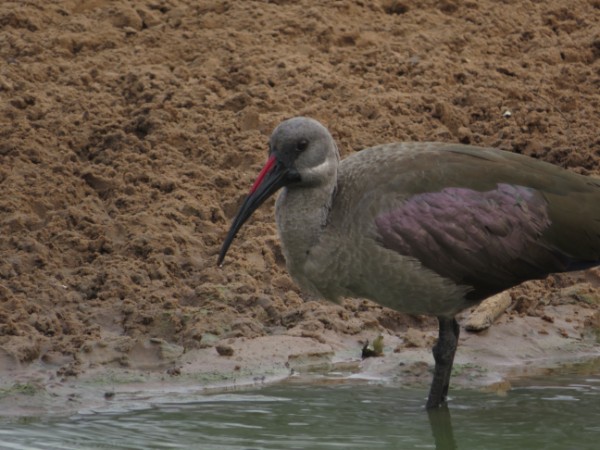
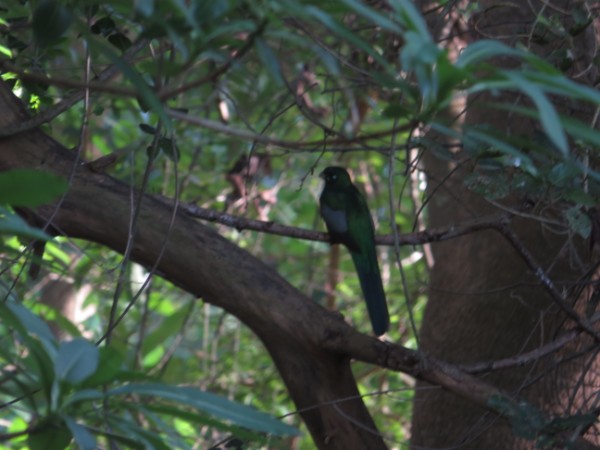
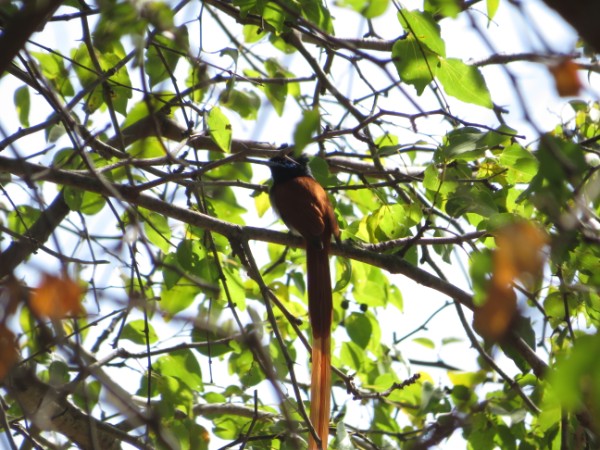
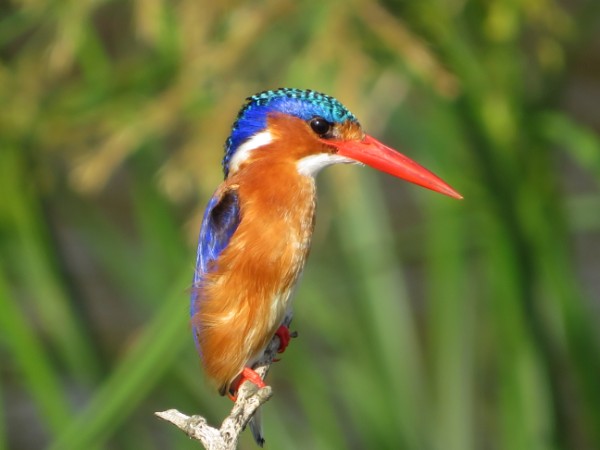
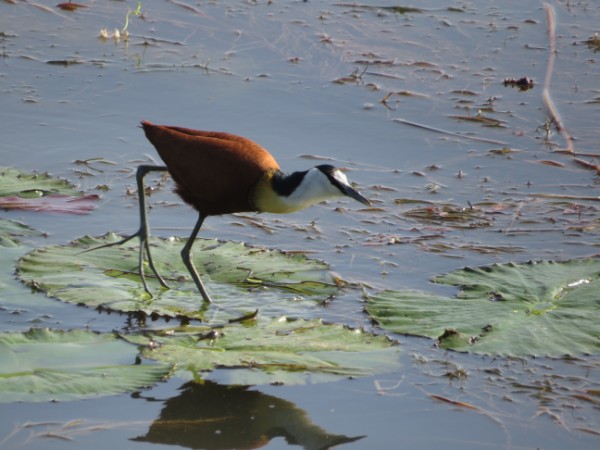
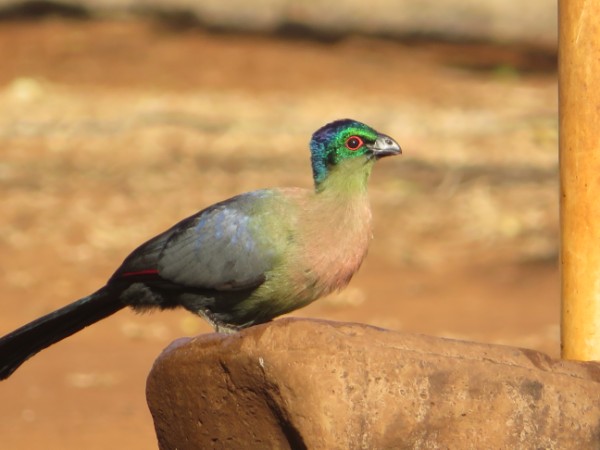
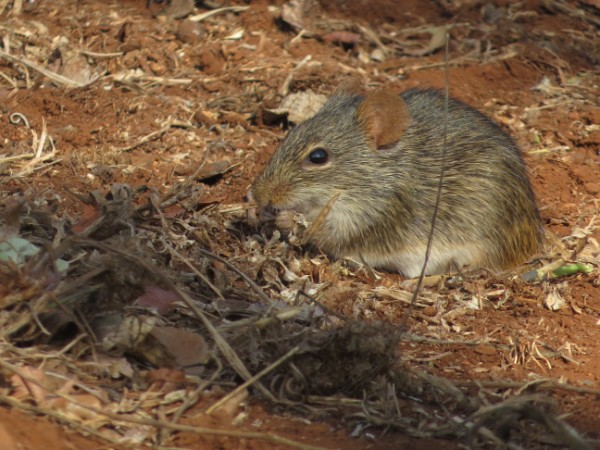
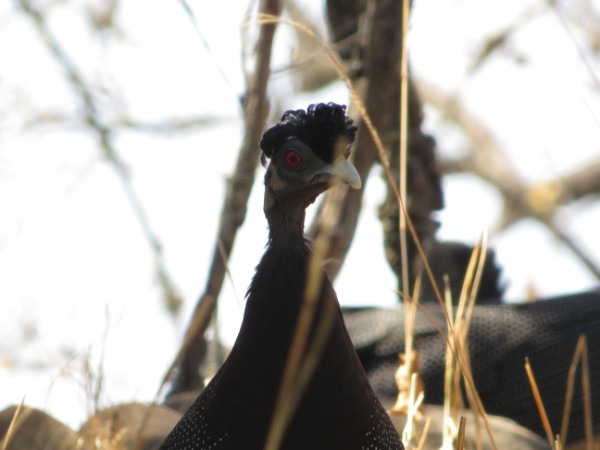
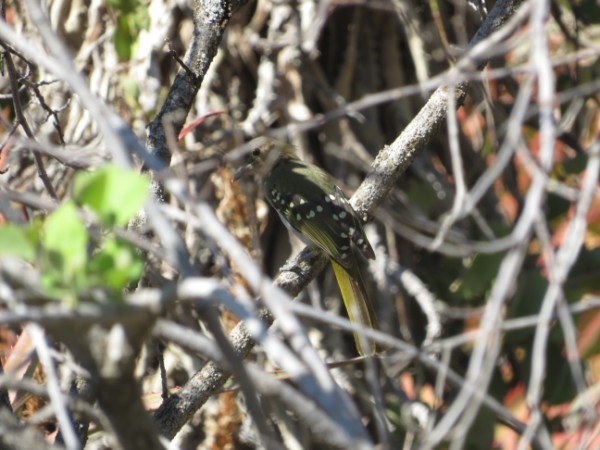
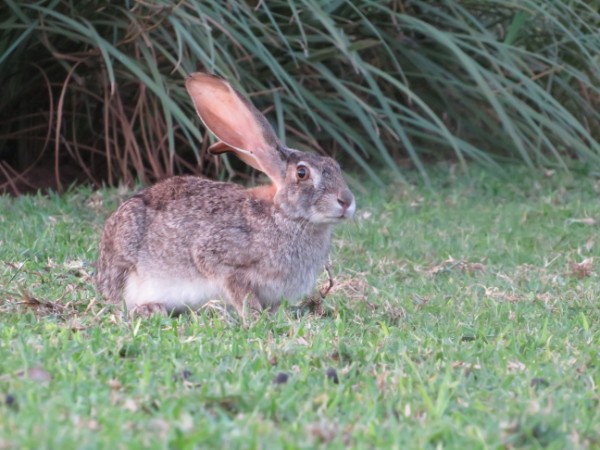
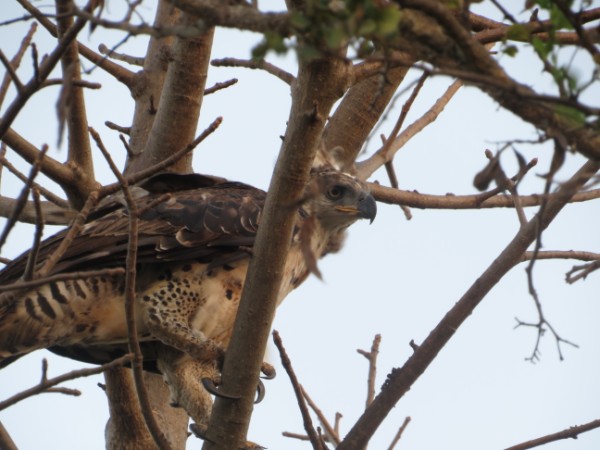
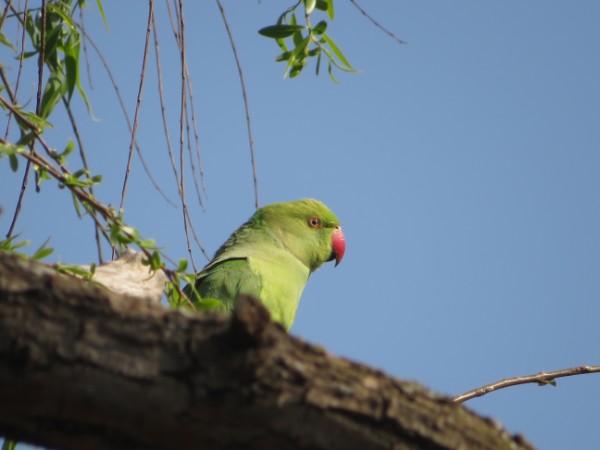
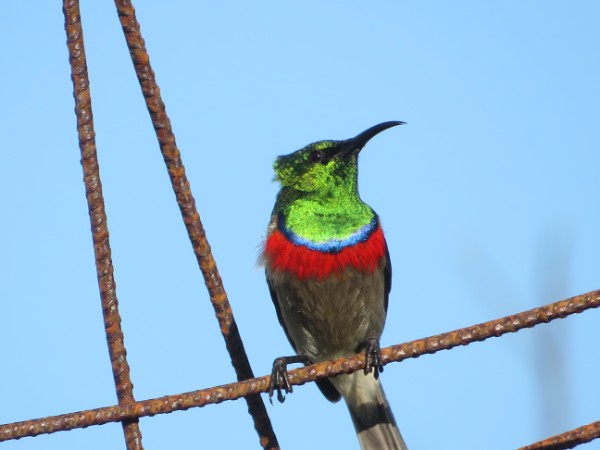
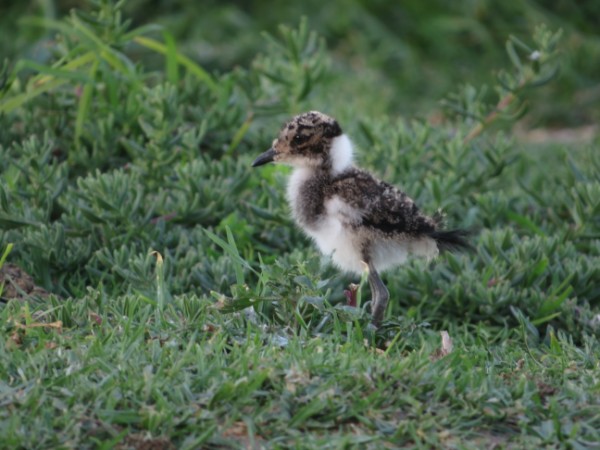
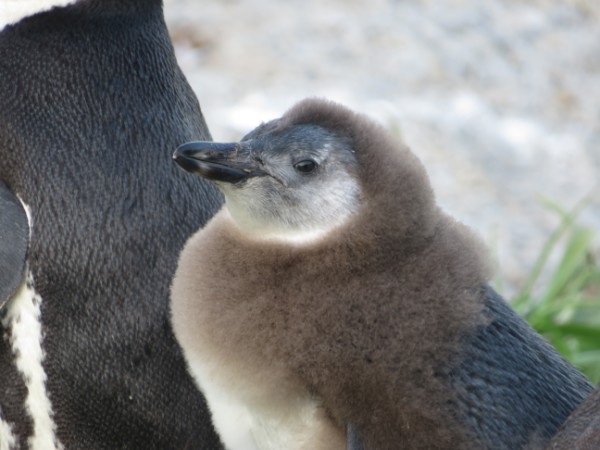
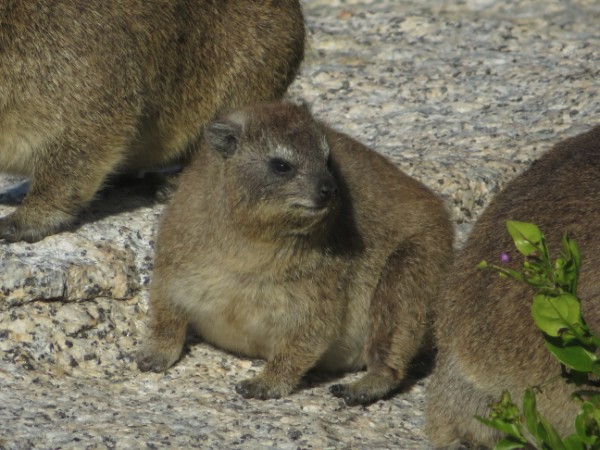
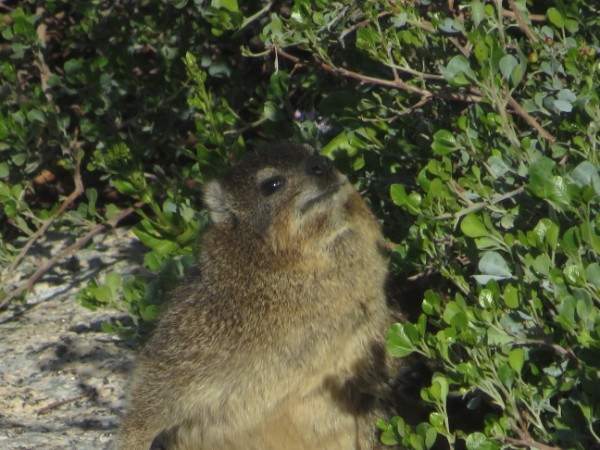
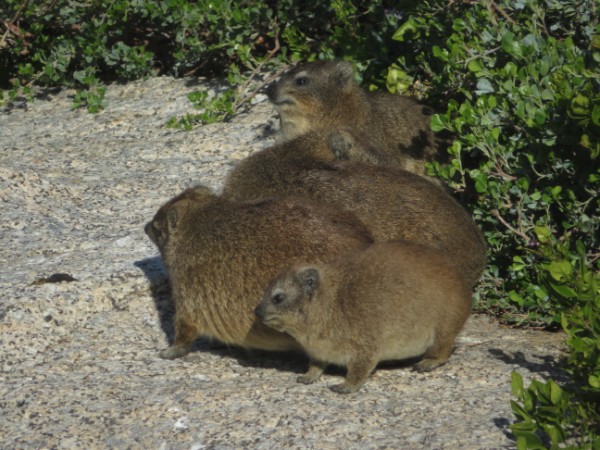
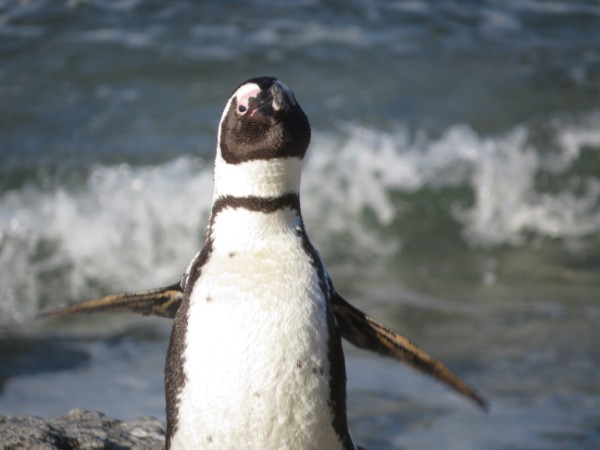
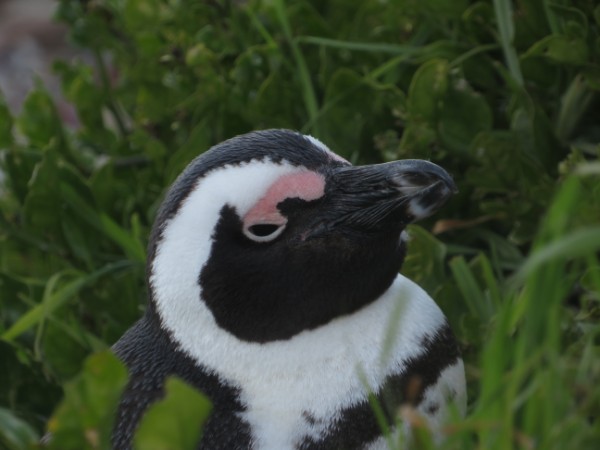
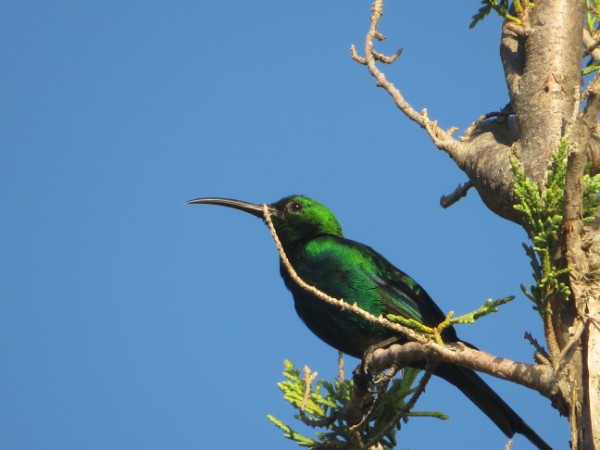
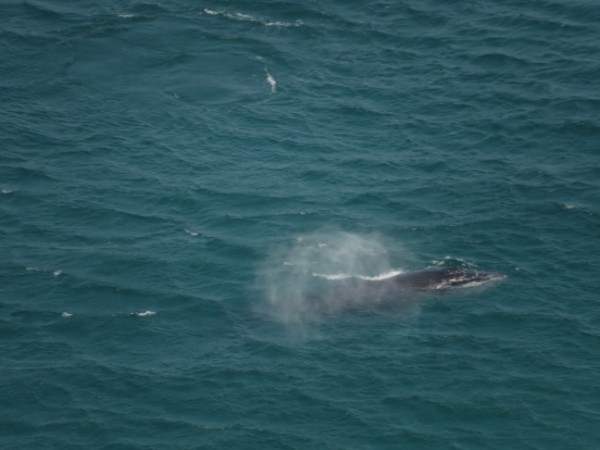
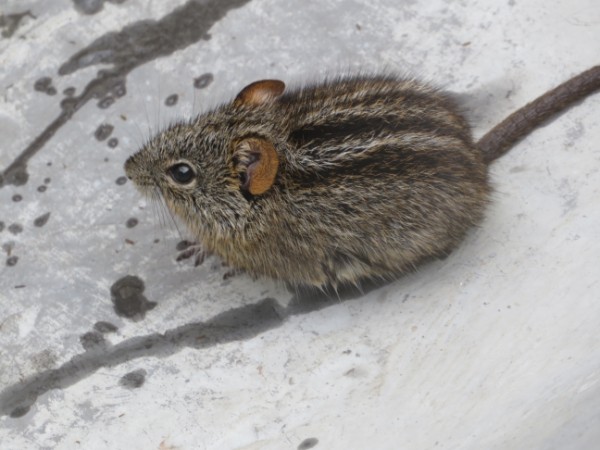
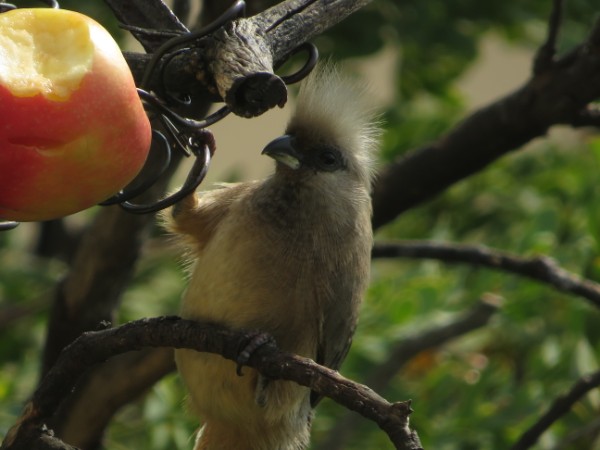
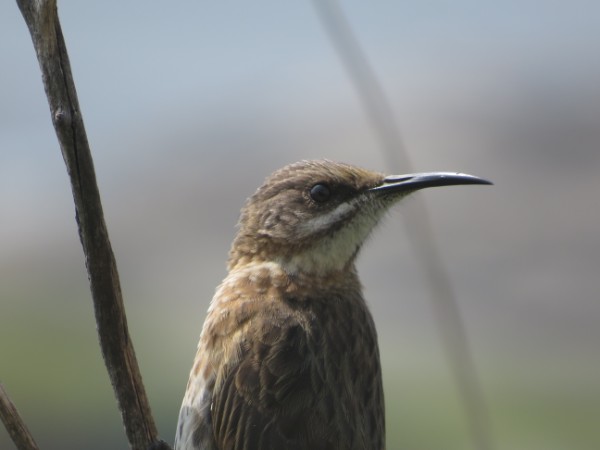
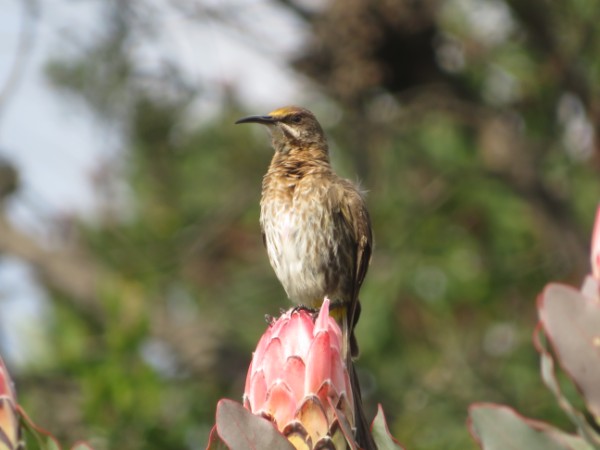
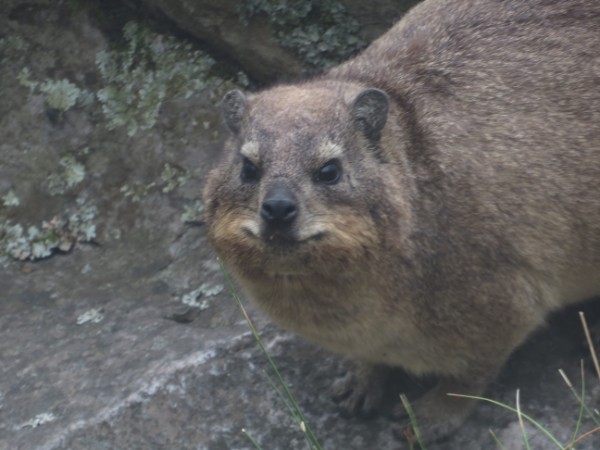
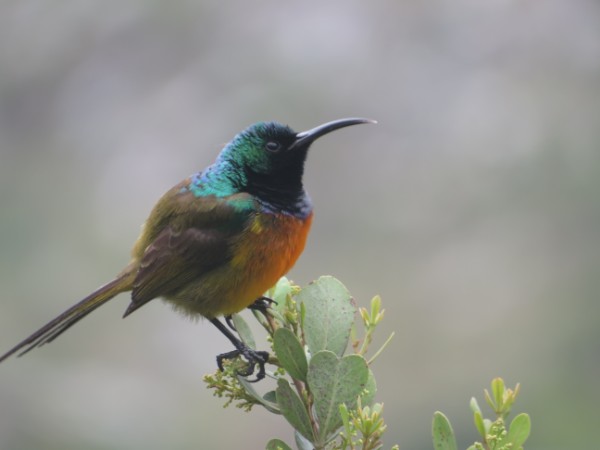
I am now posting photos from Zambia and all of South Africa. I know that these are from August and September and it is now February, but that is just procrastination at its most extreme. Anyway, here are the photos.









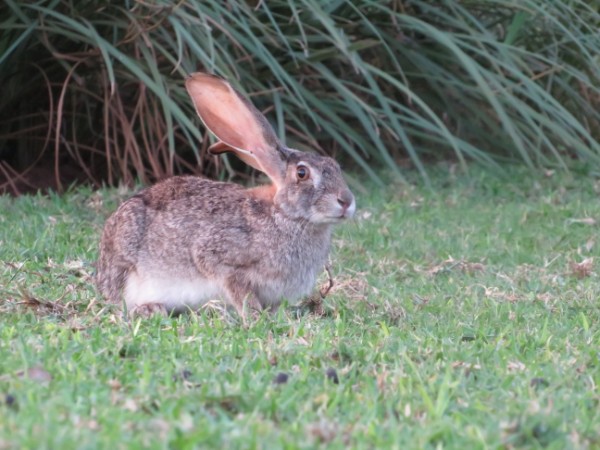














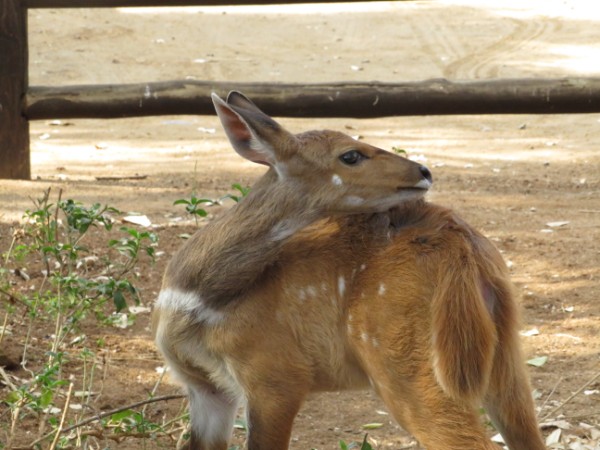







































































fog sound bank
in the plush pale grey of fog
our lashes go spangled
each footstep sounds
a loud crunch in
the small space of here
a grassbird call resounds
cliff to cliff and back
its volume startles
on the summit
sound pops from all quarters
(frogs we can’t see and don’t expect
utterly untroubled by liquid air)
a dassie slowly saws stems
and we register each chew
even so I can’t make out
a sunbird’s sips
now and then wind demands attention
ruffles our hair
and blows on our earlobes:
are you all here? now?
Service
in the neat white houses
someone is making nectar
for the sugar birds
someone is hacking at packed sand
slowly shifting it to garden
someone is out patrolling in the night
waving a flashlight into worried windows
dispensing peace of mind
in the neat white houses
black men and women
are doing their work
of making the country run
Dias Beach Absolution
upon rounding sharp cliffs
after the men voted no confidence
and the final three days the crew allowed
before their bellies would mutiny
(a pathetically short extension
to reach a hopelessly faraway shore)
had elapsed with no end of Africa in sight
after he halted and buried
he dreams of Indian spices
at Kwaaihoek on the eastern Cape
the unused padrões lay heavy in the hold
and the threat of returning
to the mindless minding of Lisbon’s warehouses
grew more terrifying with each league
of aquamarine the São Cristóvão sliced through
he saw this crescent of inviting beach
and he fell upon it
I forgive you,
Bartolomeu,
for wanting to sink your ankles
in fine white sand
for wishing to slake your salty thirst
with waterfall
for wanting to warm yourself
by a blaze fed by armloads of driftwood
for nestling your body
into the yielding dunes
that molded themselves to your hips
for soiling this land with your unwanted presence
before the Khoikhoi hurled rocks in righteous anger
before the Cabo das Tormentas
seized your own heart and limbs
despite all the damage
your kind wrought
I forgive your need for one night
of slowly spinning stars
in-humanity
things that can be taken away:
your family
your clothing
your bed
your blankets
your food
your books
your name
your dignity
what then remains?
sometimes
your will to resist
your sense of self
your purpose
your words
your unspoken name
your hunger for justice
your resolve to forgive
losing the sea
today I couldn’t recall
amphipod
sat silent
while my children said
little shrimp
rolled that springy bugger around
in the back of my brain
all afternoon
without a name surfacing
only at night
by the artificial blue glow
searching little shrimp
does it come to me
in zeroes and ones:
amphipod
different foot
it’s been so long since I had sea legs
I’ve lost this basic building block
of 9000 species
all over our watery planet
ubiquitous
fundamental
shameful not to know
my children aren’t familiar with ocean
they take nothing for granted
have to root around for words
(they don’t have breakers swell spray strand dulse urchin anemone holdfast)
they say:
the waves are in white lines like dissolving sugar
like drifts of snow
making do with similes
for what they don’t yet know
This poem was inspired by Virginia San Fratello and Ronald Rael’s installation of teeter-totters that spanned the US-Mexico border wall, which I read about in Khuluma magazine, published by Kulula Airlines.
teeter-totter wall
across the cold slate of stacked stone
she makes a pink slab
bob its own yes
turns the sad slash of stay-away
into the warm sound
of play-with-me
and hearts on all sides
go balanced and calm
